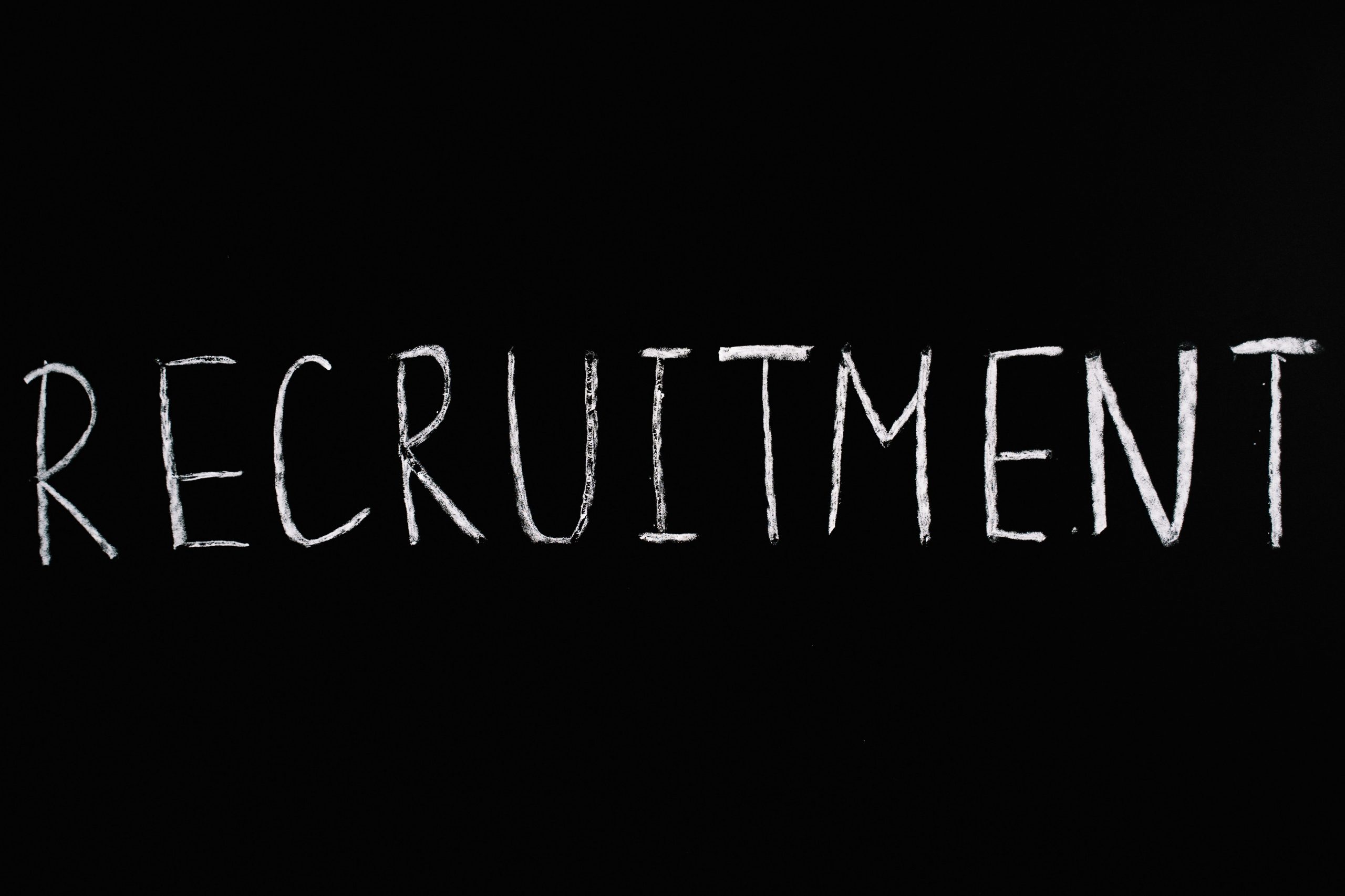Here are some tips* on the benefits of a fast recruitment process for businesses.
One of the most important aspects for businesses is managing their staff and ensuring there are enough employees to carry out the daily operations in a productive manner.
However, it’s not always this easy, and companies are forced to look elsewhere due to last-minute changes or shortages in the workforce.
Firstly, there are four stages of recruitment, explaining what the process consists of. This includes, as a first step, the evaluation and determination of the desired profile.
In total, the 4 stages are:
-
Evaluating and defining the required profile
-
Publishing the job advertisement
-
Screening of applications and interviews
-
Hiring the candidates
However, there can be negative impacts if a business has a slow process. Costs rise significantly when the hiring process is prolonged, as additional expenses for HR services and time losses quickly become a substantial financial burden. Consequently, companies waste resources that could have been better allocated to other areas of higher urgency. Existing teams experience reduced productivity and must take on additional tasks from their colleagues.
It is important to respond to interested parties within a set time frame as long waiting times for feedback can cause uncertainty, as applicants do not know whether their interest has been noticed or what their chances are. Qualified candidates may lose interest in a position and opt for other job offers while the company is still in the evaluation stage of the recruitment process.
Lastly, throughout the recruitment process, two key terms will be vital; time-to-hire and time-to-fill, but what do these terms mean? The term time-to-hire describes the time frame (number of days) between the posting date of a job and the actual filling of the position. Therefore, time-to-hire reflects the efficiency of the hiring process from the candidates’ perspective.
On the other hand, time-to-fill measures the time between the job request to the HR department and the actual placement of the vacant position. Consequently, it provides an overview of how long the entire recruitment process takes from the company’s point of view.
Both time-to-hire and time-to-fill can vary significantly based on the industry. Moreover, the different skills and requirements for positions, as well as the levels (Junior/Senior), need to be considered.
These processes can help reduce workforce shortages and allow companies to hire qualified candidates with ease.
Guide and advice provided by Coople









